Vermes
Advanced Member level 4
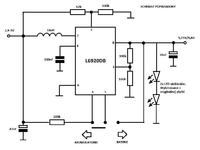
This project is based on a charger from ENERGIZER (ENERGY TO GO). The charger was powered by two batteries (the original set batteries were enough for two times of charging).
The charger was processed in order to create a cell phone emergency charger, which can be useful during cycle trips etc. The idea was to use accumulators instead of batteries. Originally the charger was based on system TEC103, which starts from 2,6V and requires some additional components – all of them were in the housing. You have to change it to another construction. The device was also equipped with USB socket instead of 2mm mini jack. Thanks to that USB output, the charger can operate with standard phone cables.
Converter L6920DB was used due to its efficiency and small size. Another advantage of that converter is that it has small number of elements. Additionally, the USB socket has to be shorten about 2,5mm, so it does not protrude from the housing. The converter system is a classic application. Needed voltages (that is the output and the voltage at which the converter is to turn off) can be calculated from the formulas. It was set to 2V, because 1V for an accumulator should not cause its damage. A switch was added in case of using batteries. Votlage at which the converter finishes its operation after switching to batteries is 0,8V, what is 0,4V for a cell. Such a result can be understood as empty battery or even charge a cell phone using discharged batteries. For example, a clock stops counts the time when voltage at battery drops to 0,9V. For that converter it is still enough current, because two such batteries give 1,8V.
LEDs were solered out from the original board, where they were connected in parallel, but their lighting voltage was only 2,6V, so they were connected to the output in series without resistor and they light nice.
Pictures:
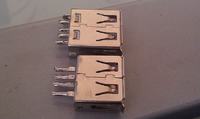
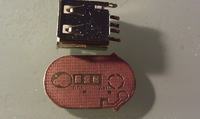
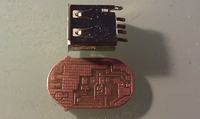


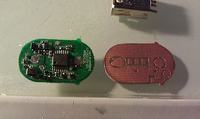
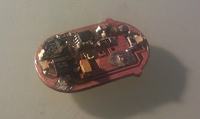


Link to original thread (useful attachment) – Ładowarka awaryjna do komórki